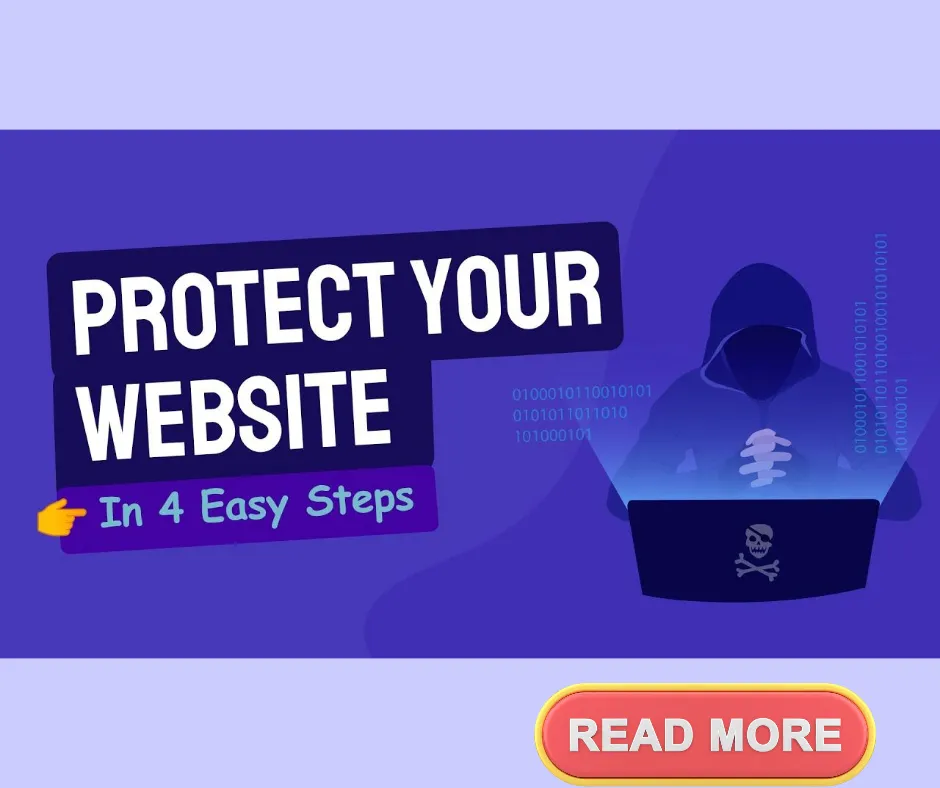WordPress Security Steps on Stopping Hackers
Here are some interesting stats on WordPress Security
In 2016, it was estimated that only 44% of web traffic came from genuine visitors. The rest was from bots, hacking tools, scrapers and spammers. With that volume or dodgy web traffic coming to your website, are you confident that your website can withstand a hacker attack? What if I told you that an estimated 37,000 websites are hacked EVERY DAY. How confident are you now?
Services
Securi, a top internet security service, reported that in the first quarter of 2016, they dealt with 500 website infections a day, 7 days a week. Out of 11,000 infected sites they dealt with, 78% were Wordpress sites.
What happens to a hacked site
Once a site is hacked, it can be used for all kinds of malicious purposes, such as directing your traffic, stealing customer details, deleting files, changing your login details to lock you out, sending spam emails to millions of people (which will label your domain as spam and remove any chance it has of ranking in Google), you get the idea?
What are the typical tactics used by hackers
And hackers don’t just target large, popular sites. They’ll use computer software to scan millions of websites for vulnerabilities, and then attack the soft targets. There is no softer target than a newly setup Wordpress website!
Should I be concerned about the possibility of getting my site hacked?
There is obviously good reason to be concerned about your website security. However, I don’t want you to think that Wordpress is an insecure platform that should be avoided, it isn’t. Wordpress is actually very secure and if a security hole is found, it is usually plugged very quickly by the Wordpress security team and pushed out to all Wordpress installs – automatically. The real security issues come from the people running the websites. They often don’t have enough knowledge to make educated decisions about the content they put on their site, the plugins they use or the themes they install.
This course has two aims:
I want to give you the knowledge you need so that you can understand where the main threats come from. With that knowledge, you will understand how your administrative actions can affect the security of your website. This knowledge gives you the power to stop hackers.
I want to give you a step-by-step solution to make your website as hackerproof as possible. We’ll install a single Wordpress plugin and go through the entire setup process. Simply watch the tutorials, and follow along on your own site as I secure one of my own.
If you are not very technically minded, don’t worry. This course assumes no technical ability and no programming skills.
About the Course
The course starts off with an introduction to hacking. Why hackers hack, and what makes some Wordpress sites more vulnerable to hackers than others.
We’ll then go through the main ways that you can harden up your Wordpress installation, and I’ll show you how to manually set some of these up on your site. You can try out some or all of these techniques yourself if you want to, but it is not essential (see lower down). You may just want to sit back and absorb the information so that you have the knowledge you need to make informed decisions on your Wordpress website going forward.
In the second half of the course, we’ll install a Wordpress Security Plugin that covers all of the major security weaknesses outlined in the first half of the course, and work our way step-by-step, configuring the plugin to make our site virtually hack-proof.
By the end of this course, you will have both the knowledge and the skill set to secure a Wordpress website against hackers.
Who is the target audience?
This course is for anyone that runs a Wordpress website. It’s for anyone that has a Wordpress website and doesn’t want to wake up one day to find the site has been hacked, defaced or deleted. This course is focused on securing Wordpress sites, so is not relevant to anyone running websites on other platforms.







